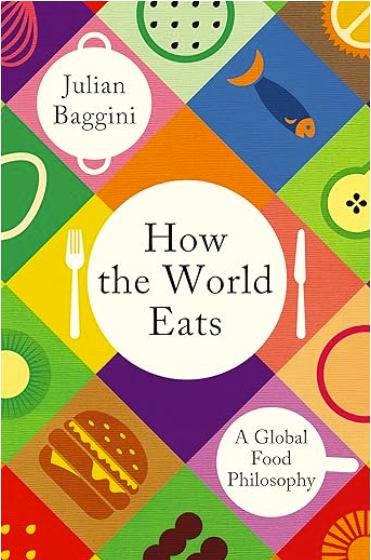Thoughts about the state of nutrition III. Personalized nutrition
III. Personalized, as opposed to Public Health, Nutrition
Stephanie Rogus, a former doctoral studentt in my NYU department, and Peter Lurie, director of the Center for Science in the Public Interest, have a new paper out: Personalized nutrition: aligning science, regulation, and marketing. Health Affairs Scholar, Volume 2, Issue 9, September 2024, qxae107, https://doi.org/10.1093/haschl/qxae107
Proponents of personalized nutrition assert that population-based approaches to dietary recommendations have had limited impact because they have failed to take interindividual differences into account. Proponents argue that increasing or reducing consumption of particular foods in response to the results of a survey or diagnostic test allows for the development of more personalized and, it is argued, more effective recommendations.
Their paper does not deal with the flaws in individualized approached to nutritional health—“precision” nutrition: the cost, the difficulty, the lack of support, the inability to reach those who most need support, etc. Instead, it focuses on the commercialization of personalized nutrition:
regulatory gaps have led to market growth of products with unknown efficacy that are making bold, and possibly unsubstantiated, claims. As personalized nutrition products and related treatments continue to enter the market without regulation, unreliable products may cause consumers financial, psychological, and physical harm. Stronger regulation will help engender trust in these products among consumers and ensure their safety and effectiveness.
Hard to argue with that. Glad they wrote it.



